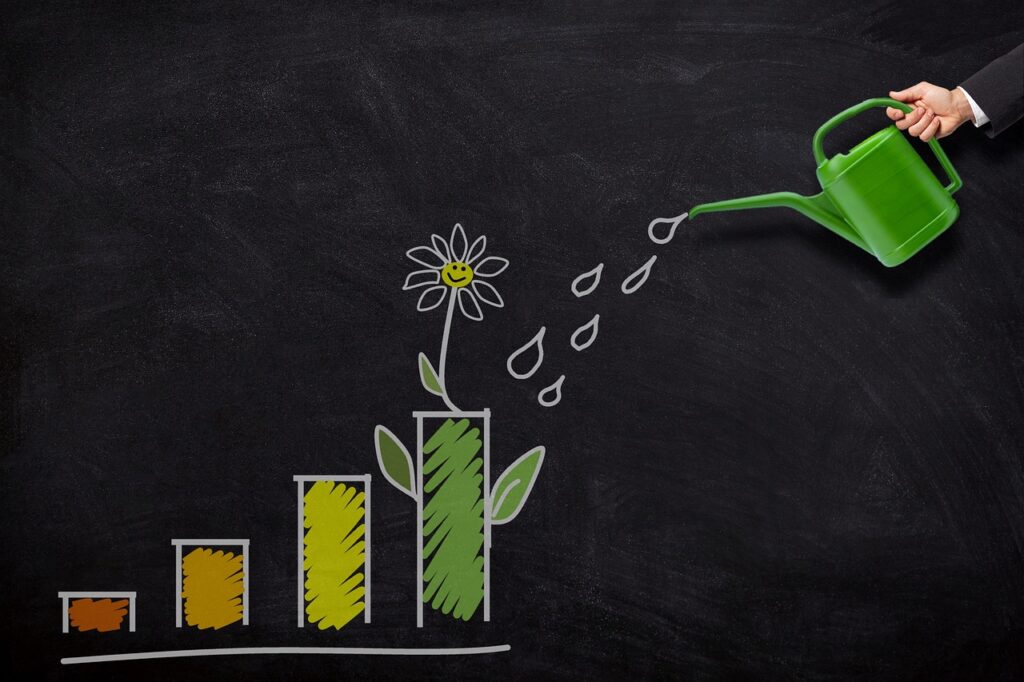Someone said compounding is the eighth wonder of the world, and I believe this is truly the case. I remember when I was in elementary school, a classmate asked me if I would choose to take $100 or choose $1 and have it double 10 times. As a kid, I chose the $100, thinking it must be more than the other option, but having $1 double 10 times becomes $1,024. I still remember being amazed by the difference. When investing in stocks, compounding interest is also a powerful strategy to grow your investment. When you buy a stock with dividends, there is an option to reinvest your dividends, which means the received dividend is used to purchase more shares of the same stock. This is a compounding strategy; similarly, when you put your cash in an interest-bearing account and don’t withdraw your interest payments, that’s also a compounding strategy because your earned interest payments will earn you more interest in the future. So, if you have an investment method that grows your money at a constant rate and always reinvests the gains, you are compounding.
When it comes to compounding, a small change in your rate of return can have a huge impact on your total return. A $10,000 investment with a 6% annual return will become $18,000 in 10 years and $22,000 in 20 years. But an 8% annual return will result in $21,600 in 10 years and $46,600 in 20 years. There are also ways to boost your investment return. One way is through borrowing. If you can get a loan with a 5% interest rate and make an 8% annual return, then you will be able to pocket the 3% difference in profit, thereby increasing your overall return.
In general, when you find a good approach to have your funds compound at a rate higher than the rate of inflation, time becomes your friend. However, if your rate of return is less than the rate of inflation, then time works against you because your funds will become less valuable over time. You should always have time on your side, as it makes managing your investment much easier. If you must go against time to grow your funds, it is much more difficult.
As of May 2024, the average annual return of the S&P 500 for the past 10, 15, 20, and 25 years is 11%, 12.6%, 9%, and 7.2%, respectively. Even including the dot-com bubble burst in 2001 and the 2008 financial crisis, the 25-year average return is still 7.2%, which means at this rate, your funds will double every 10 years. If you invested $10,000 in May 2009, exactly 15 years ago, it would be $59,000 today. Looking at historical numbers, a long-term compounding investment strategy generates considerable returns compared to trying to time the market, which is almost impossible to do. For real estate, the annualized increase for the median house price in the US is about 9% over the past 10 years. Considering the historically low interest rates for most of the past decade and the fact that real estate can be used as a residence or rental property to generate even more income, I would consider it a far better investment vehicle for most people.
